
This year’s ritual of talking about climate and talking about the effects of changing climates has begun. This is the 21st year that this is being done, and in none of the previous 20 years have the talkers achieved any worthwhile goal. They will not this year either, although much money will be spent on slick and colourful messages to convince the publics of 196 countries otherwise.
On 1 June the Bonn Climate Change Conference June 2015 began. The actors at this conference are mainly from the same cast that has played these roles for 20 years. They have been replaced here and there, and overall the main cast and supporting casts have grown in number – I think this growth in the number of climate negotiators and climate experts matches the growth rate of parts per million of carbon dioxide in our atmosphere, there may be a correlation that can inspire a new discipline of research.

‘World on Fire’ by Spiros Derveniotis, courtesy Cartoon Movement, http://www.cartoonmovement.com/p/2486
These conferences are expensive, for thousands of people are involved. Most of these people profess to be concerned about climate change and its effects and most of these people maintain curriculum vitaes that are tomes designed to awe and impress, usually with the purpose of securing well-paid consultancies or academic tenureships or some such similar lucrative sinecures. It is an industry, this negotiating climate change, whose own rates of growth are about as steep as the number of those, in the OECD countries, who fall into debt. As before, there may be interesting correlations to note.
The publics of the 196 countries that are constrained to send emissaries and observers and negotiators to these colossal jamborees have been lied to for 20 years quite successfully, and this 21st year we will see the lies repeated and presented all wrapped up in new tinsel. Many of these countries – from south-eastern and central Europe, from small island states in the Pacific and Indian oceans, from the Caribbean, from South America and from South-East Asia – pay for the useless privilege of sending representatives to attend this annual round of sophisticated tomfoolery. It is money down the drain for them.
The United Nations Framework Convention on Climate Change (UNFCCC) under whose aegis most of these jamborees are held, and in whose august name most of the hollow but portentous pronouncements are ritually made, is an organisation that is over the hill, round the bend and up the wall. It represents today nothing that is in the interest of the public and it represents today almost everything that is in the interest of the corporate plutocracy, whether global or regional or national.
Unembarrassed by its own hopelessly prodigal existence, the UNFCCC lines up ‘technical expert meetings’ month after month to produce suitably technical papers that would fill libraries, if they were printed. It arranges conclaves in expensive locales (all sponsored naturally) to gauge ‘mitigation ambition of countries through multilateral assessment’. It commissions extensive reviews of the adequacy of countries’ agreed goals to keep the global average temperature from rising beyond 2°C above pre-industrial levels and the abundantly-qualified authors of these reviews (which read very much like the reviews of 2014, 2013, 2012 and so on) self-importantly inform us that “the world is not yet on track to achieve the long-term global goal, but successful mitigation policies are known and must be scaled up urgently”, just as their predecessors did 20 years ago.
The main UNFCCC cast and its supporting cast (of thousands, but these thousands alas do not form the geographic representation that the United Nations system pretends to) spend days together at preparatory conferences and meetings, and pre-preparatory conferences and meetings, and agenda-setting conferences and meetings, and theme-outlining conferences and meetings, all year round. From somewhere within this flurry of busy nothingness they announce (perhaps on the days before the solstices and following the equinoxes) that new breakthroughs have been made in the negotiating text and that consensus is nigh.
This has gone on far too long. Twenty years ago, when this great obfuscation began, there were some 1.83 billion children (under 14 years old) in the world. Today they are at ages where they are finishing primary school, have begun working (many of them in informal, insecure, hazardous jobs whose paltry wages keep families alive) and a few are completing university degrees. Some of this 1.83 billion may have an interest in what climate is and why it changes but for them, the techno-financial labyrinths invented by the UNFCCC and its comfortable nest of crony institutions offer no enlightenment. For those young women and men, the cancerous industry of climate change negotiations has done nothing to ensure, during their lifetimes till now, any reduction in the exploitation and use of materials whose first and primary effect is to degrade the nature upon which we all depend.
– Rahul Goswami


 Every one of Haryana’s 21 districts received excess rain for the period 1 March to 30 April 2015. As these rains have destroyed crops, including food staples, the need to compensate the affected farming families is now paramount. Relief and support are only useful when they are arrive quickly, and unlike administrative conditions two generations ago, state governments and district collectors today can consult data around the clock about conditions in districts and blocks.
Every one of Haryana’s 21 districts received excess rain for the period 1 March to 30 April 2015. As these rains have destroyed crops, including food staples, the need to compensate the affected farming families is now paramount. Relief and support are only useful when they are arrive quickly, and unlike administrative conditions two generations ago, state governments and district collectors today can consult data around the clock about conditions in districts and blocks.
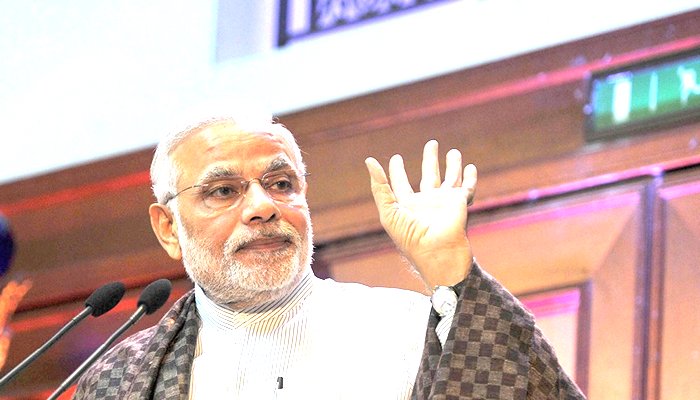

 This is unlikely to result in any constructive recognition of all that is linked. A country’s total emissions is one part of the ‘development’ picture and others are at least as important. There are also tons of CO2 emitted per capita (India has often said that its per capita emissions are far below those of the West). And there is per capita consumption of electricity (which is still mainly generated by burning coal).
This is unlikely to result in any constructive recognition of all that is linked. A country’s total emissions is one part of the ‘development’ picture and others are at least as important. There are also tons of CO2 emitted per capita (India has often said that its per capita emissions are far below those of the West). And there is per capita consumption of electricity (which is still mainly generated by burning coal).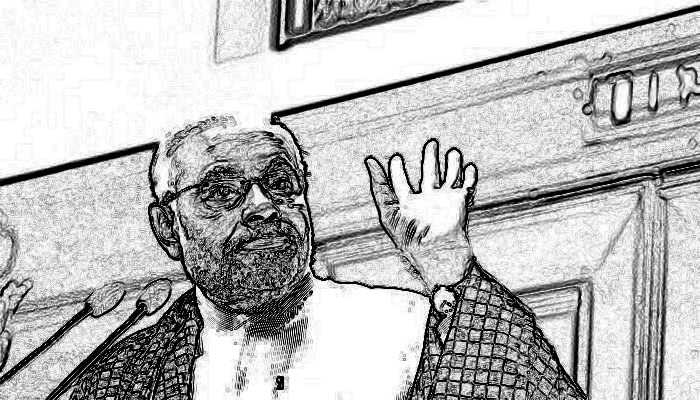 Thus the message to policy-makers is clear – what counts is what you do at home, in states and districts. The expectation that “international cooperation” should guide effective adaptation at all levels is no longer (and in our view has never been) tenable.
Thus the message to policy-makers is clear – what counts is what you do at home, in states and districts. The expectation that “international cooperation” should guide effective adaptation at all levels is no longer (and in our view has never been) tenable.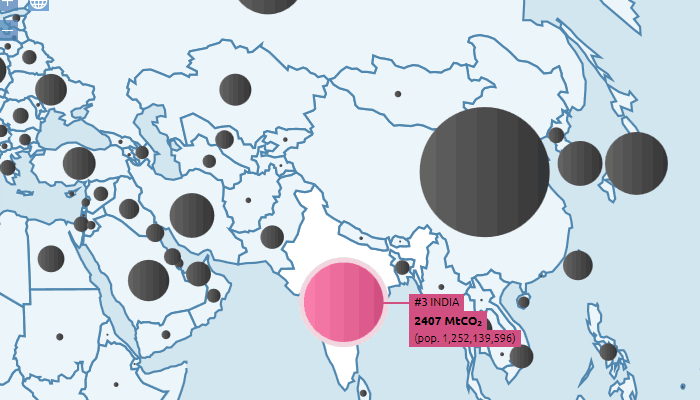




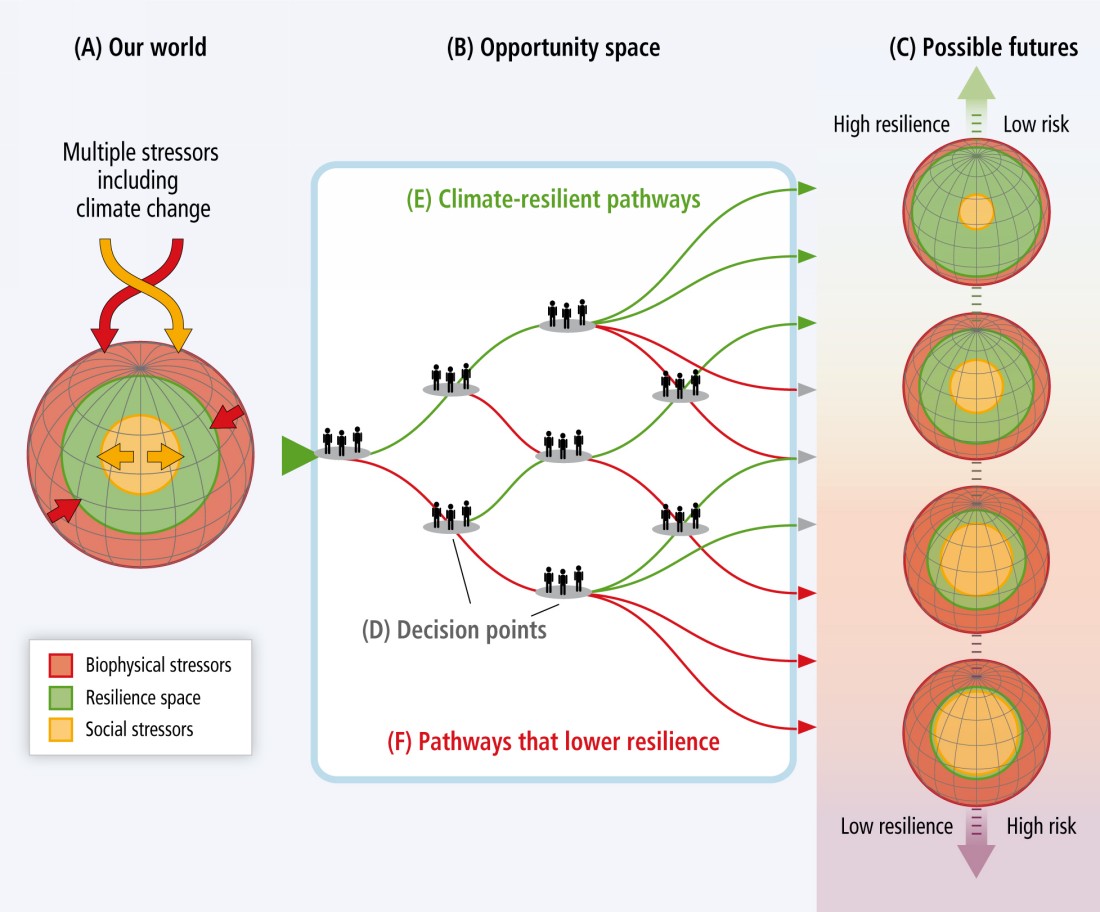

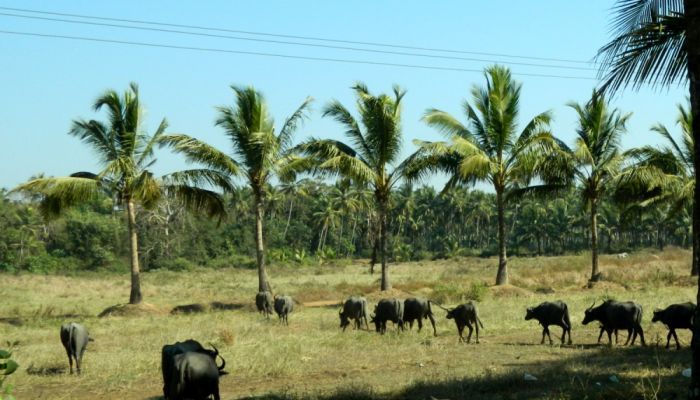
 What is germane to us is: has the IPCC process and method an Indian outlook that will be of as much utility at home as it has been to the inter-governmental effort? A short answer will be ‘no’ to the first query (because it is about science, evidence and international consensus and not about national priorities) and ‘don’t know’ to the second. There is no reason why a ‘don’t know’ should persist, as the Fifth Assessment process comes to a close, for the size of India’s population and economy, and the likely effects climate change has and is forecast to have on our 35 states and union territories ought to have turned climate change into common currency wherever planning is carried out and implemented.
What is germane to us is: has the IPCC process and method an Indian outlook that will be of as much utility at home as it has been to the inter-governmental effort? A short answer will be ‘no’ to the first query (because it is about science, evidence and international consensus and not about national priorities) and ‘don’t know’ to the second. There is no reason why a ‘don’t know’ should persist, as the Fifth Assessment process comes to a close, for the size of India’s population and economy, and the likely effects climate change has and is forecast to have on our 35 states and union territories ought to have turned climate change into common currency wherever planning is carried out and implemented.